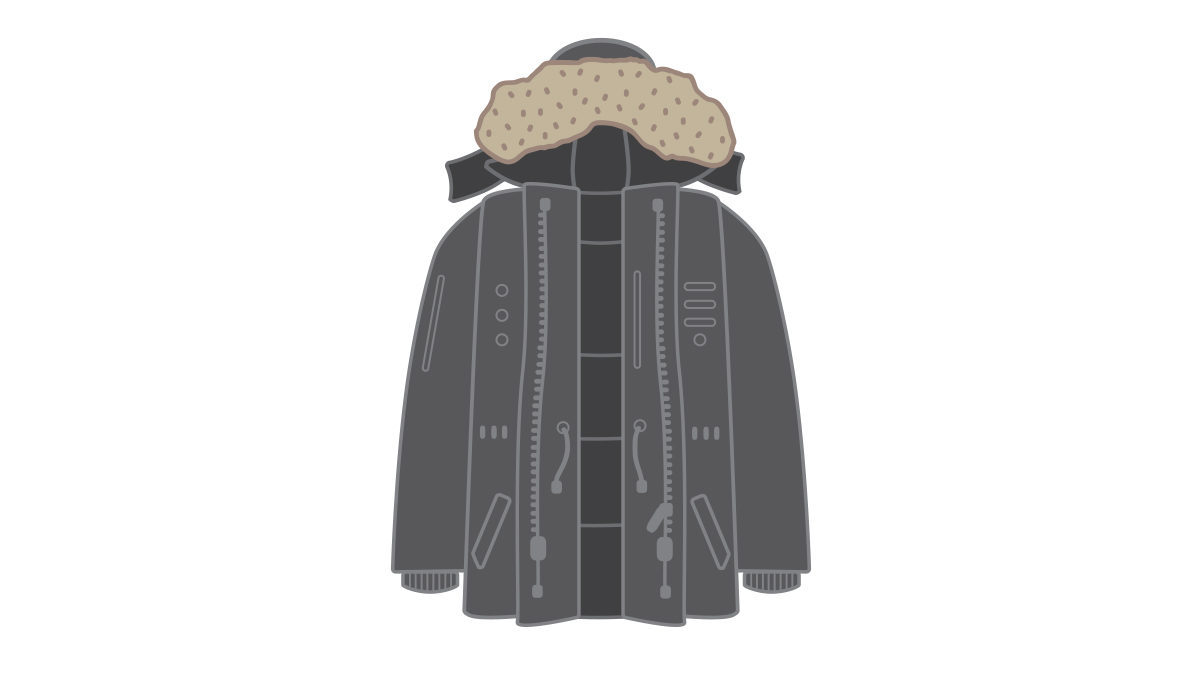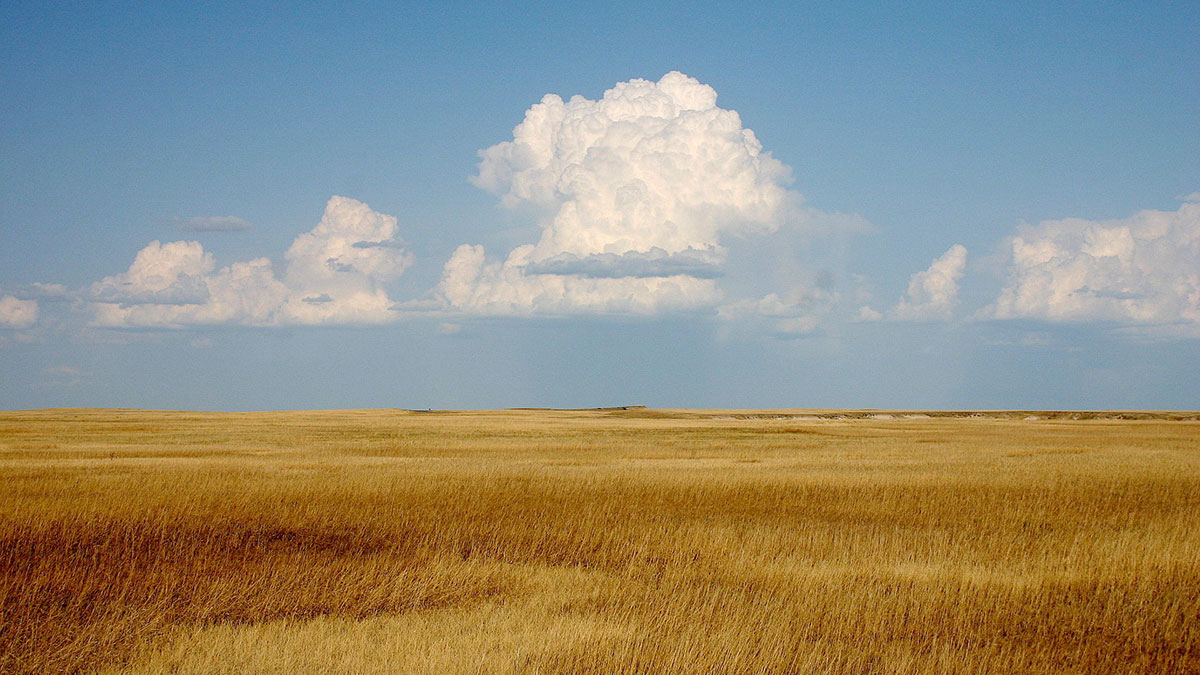The Game of Coats
 Alex Patterson
Alex PattersonYou don’t need to be Jon Snow to realize that winter isn’t coming. It’s here. Walk around the wasteland that is campus in January and you’ll notice the variety of jackets students use to fight their battles against the bastards of wind, snow, and cold. Many shiver, wholly unprepared for our Winterfell-esque weather, while others sweat under the weight — and cost — of their Direwolf fur-lined parkas. For a student to survive until spring without turning into the undergrad equivalent of a White Walker, we asked outerwear expert, Sean Gravelle, these four questions about buying a coat
this winter.
What’s a winter coat supposed to do?
The simple answer: keep you warm.
“There’s two things to do to be warm: you need to stay dry and keep the wind out,” says Gravelle. “Lots of coats will do one, but most won’t do both.”
There are many jackets that create warmth using down fills or heavy exteriors but will be doomed the minute the skies open. Bundling up with a t-shirt and hoodie under a wool jacket might keep you warm on a dry, windless day, but add snow or sleet, and Gravelle says the story changes.
“I don’t care if (the coat’s) $50 from the Bay or $1,000 from Singers, when it gets soaking wet, the wind’s going to blow cold, damp air into your body and you’re going to be freezing.”
So, look for a jacket that has resistance to both wind and water, or seek out an exterior shell to wear over other layers. Options range from top-of-the-line Gore-Tex, to various thicknesses of nylons, giving a wide range of prices
and qualities.
What’s the deal with down?
Many people believe when it comes to warmth, down is king. But it’s not the only option on a shoestring budget.
“Down is a super warm material, but it’s a natural fibre, so it’s going to be more expensive,” says Gravelle. “If you go with a synthetic like Primaloft, it basically operates on the same principle as down but is usually half the money.”
If you want to save a buck and a duck, this may be a good direction to take. However, Gravelle warns that the value you gain on going man-made versus au-naturel might be lost on “other quality factors” such as breathability, and that if you opt for a cheaper down piece, “there’s always a reason for that price.”
Another common misconception with down is that it’s only up to the feathers inside to keep you warm. Gravelle notes that the exterior is equally important.
“Canada Goose’s lightest weight coats are meant to be worn under something,” he says. “The reason being that the exterior of the jacket is so thin, water and wind will penetrate it. You can have an 800 fill and still be cold.”
Do I need this jacket?
Now that you’ve selected something to provide total warmth, Gravelle says it’s time for a reality check.
“Most people overbuy the level of coat they need,” he says. “Eight years ago, I bought one of the huge Canada Goose parkas, and it’s actually impractical to wear. You can’t drive in it because it’s too bulky, you can’t wear it to dinner because it needs its own chair, and I can’t even shovel the driveway because I get too hot. I got sucked in based on trends at the time.”
If you’re planning an expedition past the Arctic Circle or spending multiple hours standing in Edmonton’s coldest temperatures, the heavy-duty option might suit your reality. But for the student going from heated garage, to heated car, to heated classroom, and back again on a daily basis, Gravelle suggests you learn from his mistake.
As part of your shopping research, Gravelle also recommends considering the types of situations your coat will be functional for, and balancing the pros and cons of the uses it can serve — from casual, to business, to active wear.
“Typically, one jacket doesn’t cater to all needs,” he says. “One might work well outside or on campus but won’t for a job interview or funeral. I have four down coats, and each does a different job for me. My favourite piece at home, and the one I love to wear most, I bought because it’s only seven ounces. It weighs nothing, and has a waterproof coating on the down itself, so I can stay active and fully warm.”
What’s the best value for a student?
Considering all elements then, including factors for warmth, necessity, and all-around practicality, what does Gravelle think is the best option for students?
“If I was a university student, I’d be buying two pieces: a warm, mid-layer, and something on top to keep me dry. If it’s a minus 15 or 20 degree day, and there’s no precipitation or wind, then you don’t need the shell. If it’s only raining out, you maybe just wear the shell and a hoodie. As the starving university student, layering jackets would be the best bang for your buck.”
[Aside #2: Tell all the idiots out there if they really want to be warm, put on a toque. You lose 75 per cent of your heat through your head. It’s like 20 bucks.]



